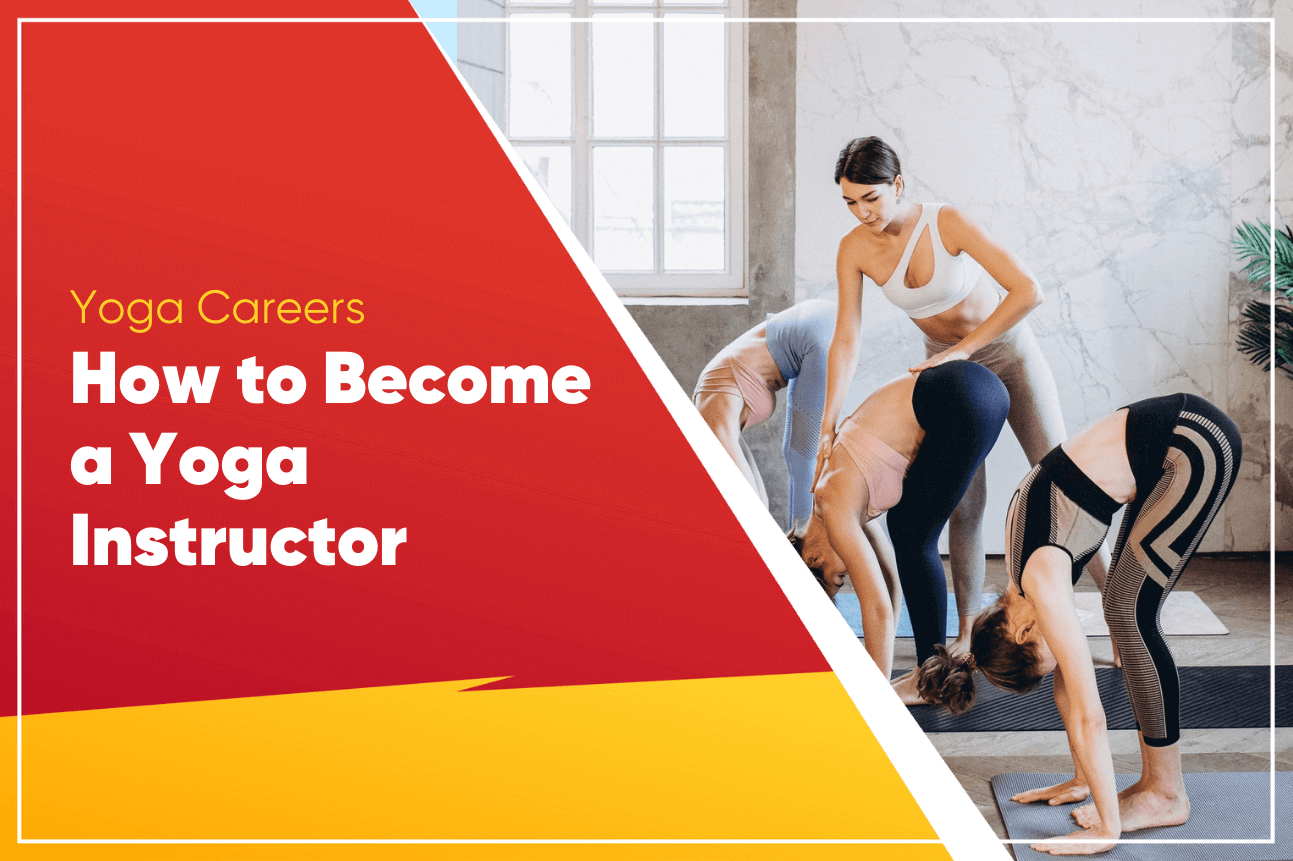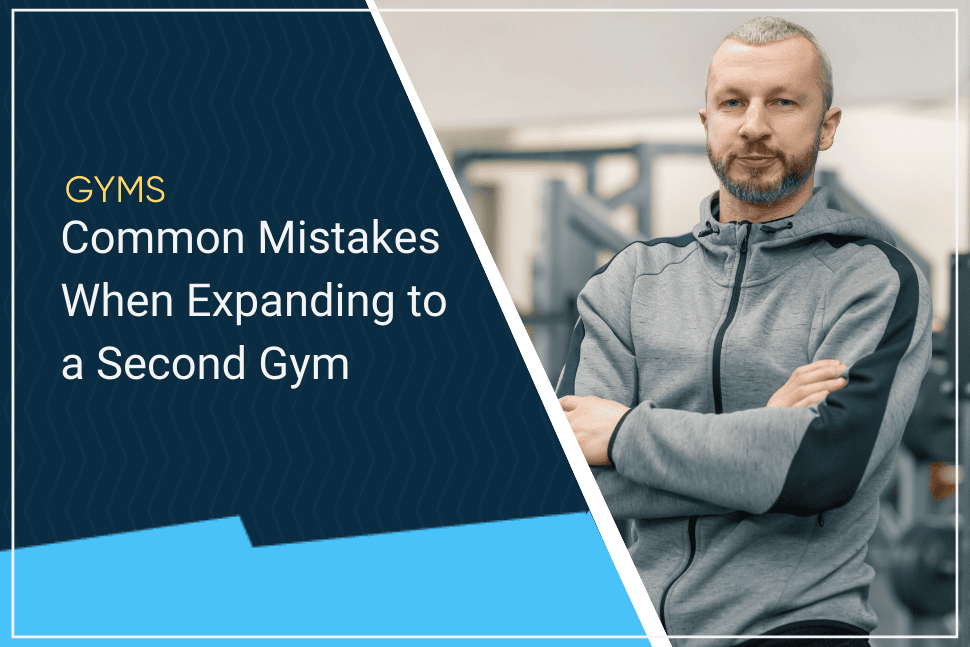Becoming a yoga instructor is more than just a career path. For most people, the decision to pursue yoga education is about furthering their personal yoga practice and looking to help others do the same. Even so, having a yoga instructor certification does open up business opportunities, including teaching, opening a studio, hosting retreats, and providing online instruction. Luckily, becoming a yoga instructor is not a very difficult process.
How do you become a yoga instructor? Once you decide on what type of yoga style you would like to be certified in, you can find a 200-hour yoga education program. For more advanced education, some yoga schools also have 300- and 500-hour programs available. Once you complete the program, you will apply to become a Registered Yoga Teacher through the Yoga Alliance of America. (This credential is not required but it is recommended for business opportunities.) After that, there are many paths you can follow.
Steps to Become a Yoga Instructor
Becoming a yoga instructor is a simple process, but it does take time. Many of the programs are completed at your own pace, so the time frame is up to you.
1. Choose Your Style of Yoga
Most western yoga practices are derived from vinyasa yoga. It can actually be difficult to distinguish between different yoga offerings because many have blended together and borrowed traits from other styles. When it comes to yoga education, you may find a program that is specialized in a specific style or a general yoga program.
Some of the most popular types of yoga include:
- Vinyasa – flows that combine breathing, movement, and postures
- Hatha – slow-paced with a focus on postures
- Iyengar – holding and perfecting postures
- Kundalini – focuses on releasing energy from the lower back
- Ashtanga – structured flows
- Bikram/Hot – flows in a hot room
- Yin – seated postures at a relaxed pace
- Restorative – focuses on release and relaxation
- Prenatal – modified flowers and postures for pregnant people
- Anusara – focuses on the mind-body-heart connection
- Jivamukti – yoga paired with Hindu spiritual teachings
There is no reason to limit yourself to a single style of yoga. All practices have benefits and some have different focuses. However, when beginning your yoga education, it can be helpful to prioritize a single style while learning.
2. Complete a 200-Hour Program
The Yoga Alliance is a non-profit organization overseeing yoga education programs and yoga teachers. Their goal is to maintain education and teaching standards while celebrating all styles of yoga. Some programs are not registered through Yoga Alliance, but that means you cannot guarantee the level of education.
On the Yoga Alliance website, you can search through the Registered Yoga Schools. The filters will allow you to narrow down what courses are offered, the location of the studio (or virtual options), the type of yoga taught, financial aid options, and reviews. This will help you find the perfect school for your situation.
Keep in mind that the programs are called 200-hours for a reason. You’ll need to be able to devote lots of time to complete your programs. Luckily, there are online and weekend programs available to fit around busy schedules. If you have the freedom in your schedule to attend a month-long retreat, those are available also. Yoga is for everyone and that is certainly true with the variety of programs available for yoga education.
When it comes to the education portion of becoming a yoga instructor, remember that your teachers want you to succeed. Their goal is to further your yoga knowledge and help you lead others in their practices. They are not trying to fail you. If you have any issues or concerns, reach out to your teachers because they will want to help you continue moving forward.
3. Apply for Your Credentials
This step is optional but highly recommended. Once you complete your 200-hour program, you should apply to be a Registered Yoga Teacher (RYT) with Yoga Alliance. To meet the requirements, you need to have completed and received confirmation from a 200-hour program. Additionally, you will be required to complete 30 hours of continuing education every three years and pay membership dues.
If you have completed a specialty training program or a 500-hour program, you can upgrade your credentials to match your education level.
The benefits of becoming a Registered Yoga Teacher include:
- Employers can easily verify your education
- Access to a database of teachers and yoga schools
- Access to community events and workshops
- Discounts on products and services
- Yoga news and information
4. Get Insurance
If you plan to use your yoga education to teach others, you must obtain liability insurance. Several providers work with yoga instructors to make sure they are appropriately covered based on their business. Some new yoga teachers forget this step, especially if they are not offering their classes at a yoga studio. Accidents happen, so you must be covered to protect your business and yourself.
5. Practice
Your 200-hour program will give you an excellent foundation for teaching yoga. However, the best way to improve it is to do it. The best way to get better at teaching yoga is to teach yoga.
If you are applying for jobs immediately after finishing your yoga education, you may be hired with a probationary period. This is because the studio owner will want to make sure that your education is more than just knowledge. Teaching a yoga class includes public speaking, adjusting postures, and maintaining a relaxing environment. These aspects can be harder to teach than the postures and the history of yoga.
You can offer free yoga sessions to friends and family if you want to get more practice in. Look for groups in your community that may be interested in free or affordable yoga classes. There are plenty of opportunities for yoga teachers to practice their craft while helping others.
6. Continuing Education
If you are a Registered Yoga Teacher with Yoga Alliance, you are required to complete 30 hours of ongoing education every three years. This is to ensure that instructors are up-to-date with the latest advances in yoga education. Yoga Alliance has information about what courses can be applied to the continuing education requirement. Some educational topics to consider include teaching methodology, anatomy and physiology, yoga philosophy, and techniques or practices.
Beyond yoga-specific education, you could also pursue additional education to supplement your teaching. CPR certification is helpful for anyone, but it can be especially important for those who work in the fitness space. Nutrition education can help assist your clients who want to focus on improving their lifestyles. There are plenty of supplemental education courses you could take to personalize your business.
Many yoga teachers also choose to continue their yoga education by pursuing additional or higher-level programs. There are several 300-hour and 500-hour yoga programs. If you want to teach specialty classes, like children’s yoga and prenatal yoga, it is highly recommended to pursue the appropriate courses. Advanced yoga instructors are also able to teach new yoga instructors through their 200-hour programs.
Why Should You Become a Yoga Instructor
Becoming a yoga instructor does not mean that you want to teach classes or open a studio. It simply means that you want to further your yoga education. By completing a program, you have the opportunity to learn about the history and philosophy of yoga while practicing the physical portion of the practice.
If you are interested, becoming a yoga instructor also allows you to teach classes. This can be a lucrative business for those who want it to be. However, many instructors only teach part-time or as a side job. Completing your 200-hour program is the first step of a career in yoga instruction or working towards opening a studio.
Past just teaching classes, becoming a yoga instructor opens up other opportunities. You can open your own studio. If you’d rather work remotely, you can offer online classes or publish instructional videos. Some yoga teachers host retreats at resorts around the world.
Related Questions:
How much do yoga instructors make?
On average, yoga instructors make $40,000 per year. The actual numbers can vary greatly. Many instructors choose to only work part-time. Your income will also vary based on your level of certification and your location.
Is it hard to become a yoga instructor?
It is fairly easy to become a yoga instructor, but it is a bit time-consuming. Most students pass the program without any issues.
Can a beginner become a yoga instructor?
Yes! Being a yoga instructor is about teaching others effectively and passionately. There are no strength, balance, or flexibility requirements.
Final Thoughts
Becoming a yoga instructor is a rewarding accomplishment. You finish your program with the knowledge and confidence to lead others through their yoga practices. However, you do not have to teach just because you completed your education. Yoga teachers can create online videos or host retreats or just work on their personal yoga journey. If you are passionate about yoga, consider becoming a yoga instructor for the education and experience.
If you make it to becoming an instructor and working at a studio or opening your own, our yoga studio scheduling software helps you manage classes, memberships and everything in between.
 Gym Owner Statistics: The State of Gyms, Member Trends, and Usage Data
Gym Owner Statistics: The State of Gyms, Member Trends, and Usage Data




 EN (English)
EN (English)
 JA (日本語)
JA (日本語)